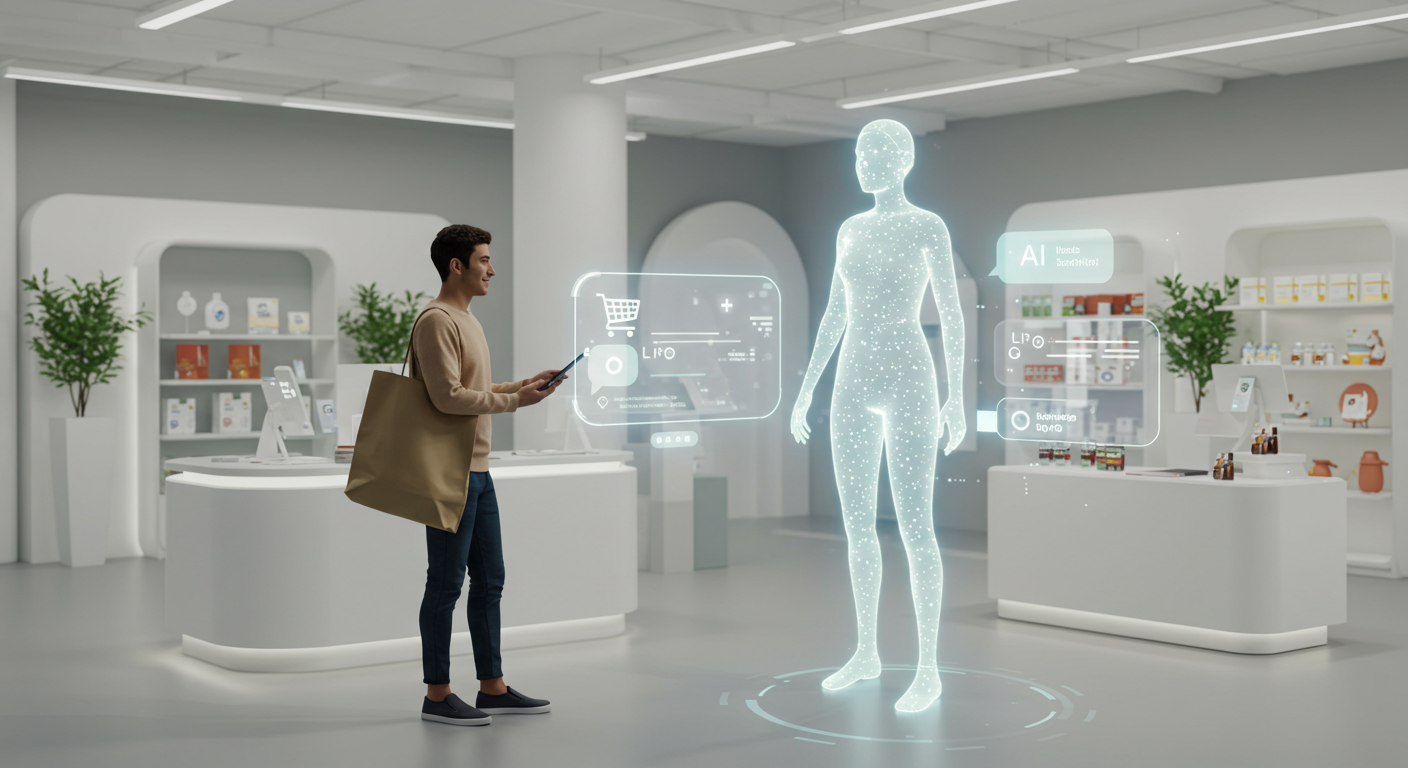For years, internet purchasing has been a one-way communication. We typed, and it responded. However as easy as e-commerce has grown, it has historically lacked the complexity, spontaneity, and customization of in-person shopping. Why? We were educated to shop like robots, not people.
In the beginnings of e-commerce, search was transactional and robotic. We learnt to employ short keywords, quote marks, and Boolean logic to locate what we wanted. “Black sneakers size 42-adidas” was how we addressed machines. It was efficient, but not intuitive. We modified our wording due to technological limits.
Even as e-commerce evolved, with features such as semantic search, AI-powered suggestions, and product filters, it remained clumsy. The thrill of discovery, the small conversation with a shop employee, or the tailored recommendations depending on your style or mood? All are missing. Online buying has always been about restricting possibilities rather than improving the experience.
But now, that’s changing.
We’re entering a new retail era, thanks to recent advances in AI, particularly conversational models like ChatGPT, Claude, and voice-based agents: one in which technology learns human language rather than the other way around.
Imagine this: instead of typing “formal dress for wedding guest,” you simply say, “I’m attending a beach wedding in Lagos next month. I want something elegant but breathable. Nothing too flashy, and ideally something I can wear again.”
This is no longer futuristic, it is occurring. AI can now understand tone, purpose, occasion and even emotion. It can communicate back and forth, ask clarifying questions, and provide alternatives that seem selected rather than collected.
From Transactional to Contextual
With this change, search engine have given way to shopping helpers. AI doesn’t force users down set paths; instead, it lets people have open-ended talks with real people that feel like they’re in a store.
Consumers no longer browse blindly. They engage in real-time conversations with AI, providing information, preferences, and pain areas. This move enables more relevant suggestions, quicker discovery, and more satisfaction.
Conversational layers are already being added to shopping experiences by Amazon, Shopify, and even Nigerian e-commerce companied. Voice search is getting better. Visual search is getting bigger. Also, shopping helpers driven by AI are starting to take the place of standard search bars.
ALSO READ: Branding cannot save you from terrible service: a wake-up call
Why This Matters for Brands
Scalability in personalization allows brands to provide unique experiences to thousands of consumers simultaneously.
What’s suggested, how it’s presented, and even what’s given more weight depend on the user’s goal, mood, or location.
The return of sense in people (through technology): These days, we have the best of both worlds: the scale of online shopping and the personal touch of service in stores.
But There’s a Catch
With AI now impacting discovery, your product data is more important than ever. Brands should
Make product descriptions and qualities explicit.
Models should be trained using a tone and context that is appropriate for the brand.
Ensure that AI-generated experiences are consistent with their brand identity.
Most importantly, trust and openness must stay at the center. As AI becomes a shopping companion, people must trust that its suggestions are not just clever, but also ethical and impartial.
ALSO READ: You asked. Did they listen?
Shopping Like Ourselves Again
What’s with the irony? After decades of adjusting to machines, we’ve returned full circle. We’re relearning how to buy like humans, with stories, context, emotion, and complexity.
AI has not just made e-commerce smarter. It’s made it seem more human.
For companies, this is more than simply a technological upgrade; it’s a cultural one. Those who adapt develop deeper, more honest ties with their consumers. Those who don’t risk appearing robotic in a world that now listens like a person.
ALSO WATCH: MARKETING EDGE ONTV






Comment
No comments found.